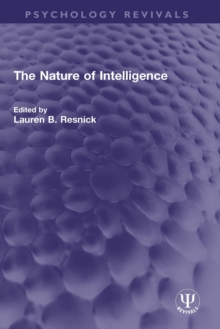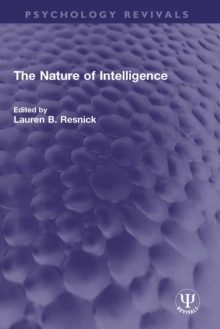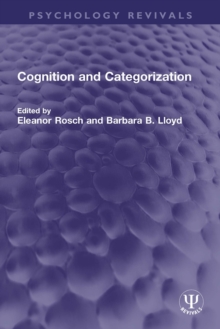
The Wave Theory of Difference and Similarity PDF
by Stephen W. Link
Part of the Psychology Revivals series
Description
Two experimental procedures prompted the empirical development of psychophysical models: those that measure response frequency, often referred to as response probability; and those that measure response time, sometimes referred to as reaction time. The history of psychophysics is filled with theories that predict one or the other of these two responses. Yet the persistent reappearance of empirical relationships between these two measures of performance makes clear the need for a theory that both predicts and relates these two measures. Most likely, both response measures are the result of a single process that generates empirical laws relating response time and response probability. It is this process - its theory, description, and application - that is the topic of The Wave Theory of Difference and Similarity. Originally published in 1992, the author of this book has set out to provide a theoretical foundation for formulating new theories that systematize earlier results and to stimulate new concepts and introduce new tools for exploring mental phenomena and improving mental measurement.
Information
-
Download - Immediately Available
- Format:PDF
- Pages:394 pages
- Publisher:Taylor & Francis
- Publication Date:09/03/2020
- Category:
- ISBN:9780429622212
Other Formats
- Hardback from £74.95
- Paperback / softback from £33.99
- EPUB from £29.69
Information
-
Download - Immediately Available
- Format:PDF
- Pages:394 pages
- Publisher:Taylor & Francis
- Publication Date:09/03/2020
- Category:
- ISBN:9780429622212










